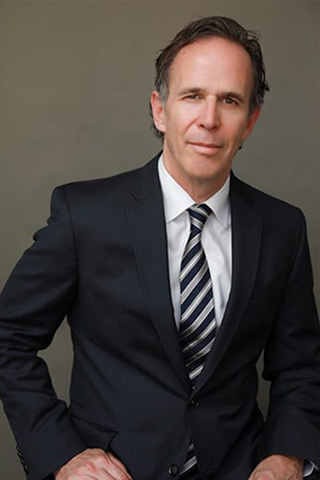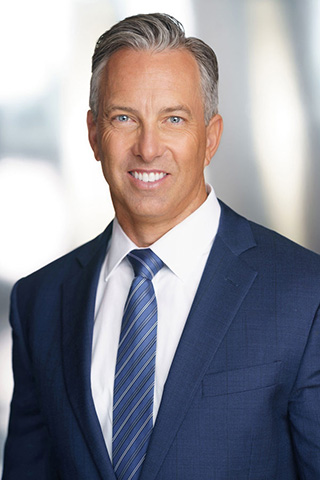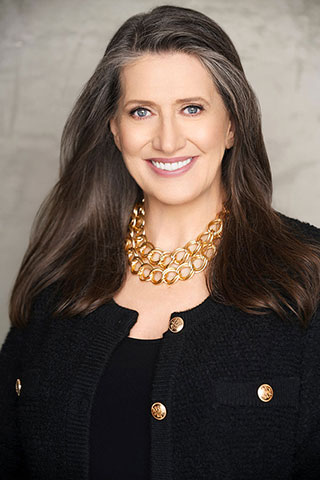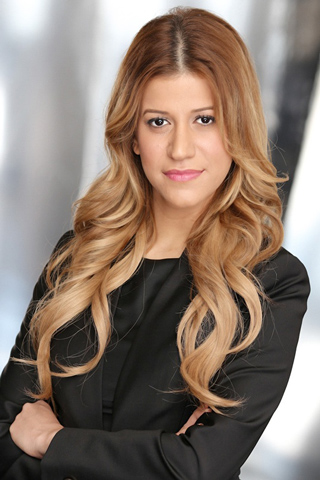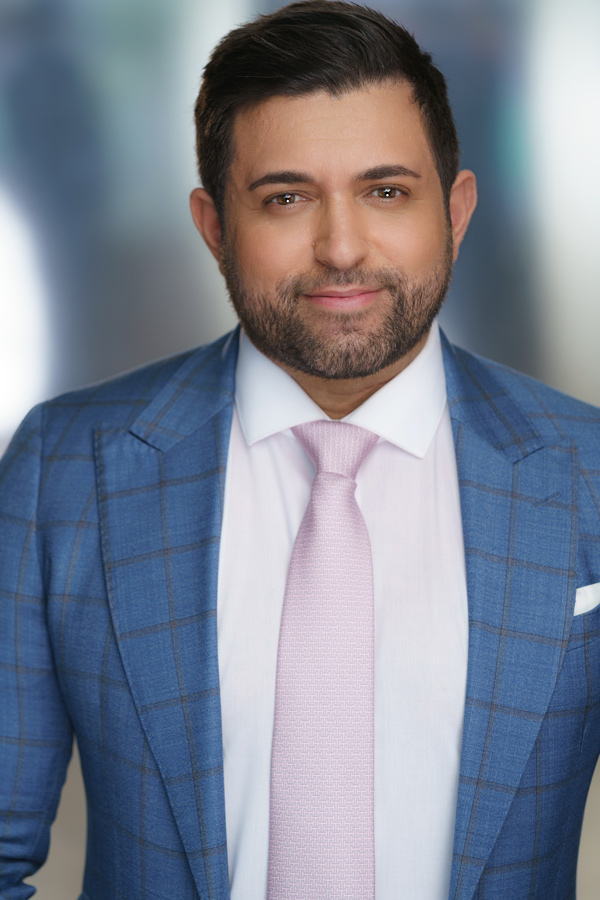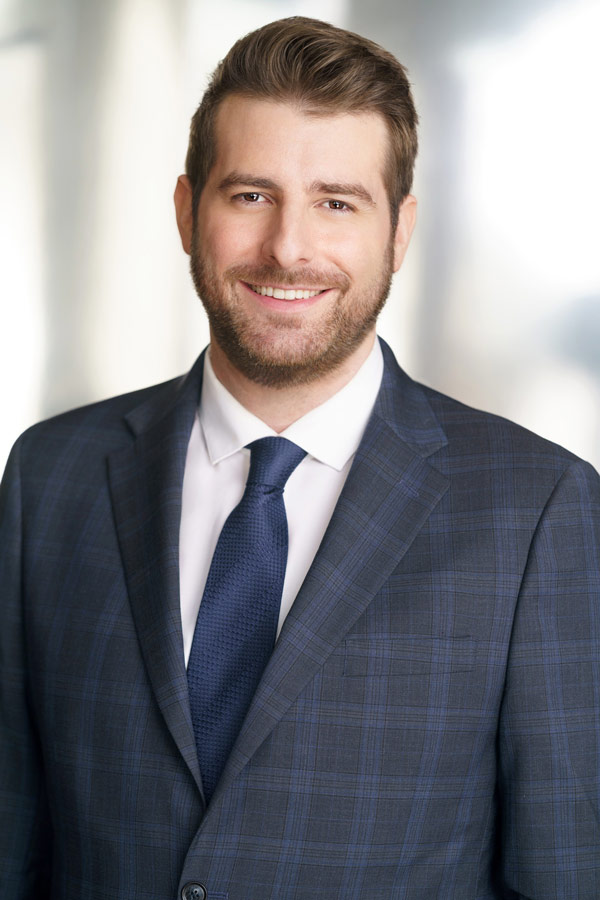Car accidents often leave victims to deal with physical injuries, emotional distress, and financial burdens. Whether you’re trying to recover medical expenses, repair costs, or compensation for pain and suffering, it’s important to have solid evidence to build a successful case. A Los Angeles car accident lawyer can help you pursue a claim – let’s examine the importance of evidence in the legal process.
Los Angeles Car Accident Attorneys
Importance of Evidence in Car Accident Cases
Evidence is the backbone of any car accident case. It helps establish liability, prove damages, and clarify discrepancies in conflicting accounts of what happened. Without evidence, your claim becomes a “he said, she said” scenario, leaving insurers or courts with little basis to determine fault and award compensation.
Why Evidence Is Crucial
- Determining Liability: Car accidents often involve a blame game. Evidence is the key to proving who caused the accident. California law dictates that the driver at fault is financially responsible for damages. So, proving liability is step one in recovering compensation.
- Quantifying Damages: The value of your claim relies on evidence. You’ll need proof of medical bills, lost wages, property damage, and other expenses, as well as documentation of pain and suffering.
- Meeting California Legal Standards: California follows a pure comparative negligence rule, which lowers your compensation if you’re found partially at fault. Substantial evidence can reduce disputes about fault and strengthen your side.
What Are the Types of Evidence?
To build a strong car accident claim in Los Angeles, you’ll need multiple forms of evidence that work together to paint a clear picture of what happened and who was responsible.
Photographic Evidence
Photographic and video evidence can capture key details that verbal descriptions may miss. These visuals create a strong, objective proof of the scene.
EXAMPLES OF USE:
- Photos of a shattered car bumper can show collision severity.
- Images of tire skid marks on the road can help accident reconstruction experts determine the speed of the vehicles involved.
KEY ITEMS TO DOCUMENT:
- Vehicle positions and damage.
- Traffic signals or road signs
- Weather conditions, such as glare on wet pavement after rain.
You can even enable the date and time stamp on your phone or camera to add credibility to your photos and ensure they reflect the conditions immediately after the crash.
Witness Statements
Witness testimony adds an unbiased, third-party perspective to your case, which can validate or even strengthen your version of events.
Imagine a case where the at-fault driver ran a red light. Witnesses who saw the driver ignore the traffic signal can attest to their carelessness.
EXAMPLE SCENARIO:
- Passengers in your car who were unconnected to the driver at fault.
- Nearby pedestrians or bicyclists.
- Bystanders, such as shopkeepers, if the accident happened in a commercial area.
- Ask for witnesses’ full names and contact details.
Police Reports
A police report is an official document prepared by law enforcement that recounts the initial facts and assessments of the incident. It carries significant weight in liability disputes.
HOW TO GET A POLICE REPORT:
- You can request the report through the Los Angeles Police Department (LAPD) or the California Highway Patrol (CHP), depending on the responding agency.
Medical Records
Medical records are good for proving the extent and seriousness of your injuries. They create a clear link between the injuries and the accident.
WHAT TO COLLECT:
- Diagnosis reports
- Imaging results, such as X-rays or MRIs.
- Prescriptions and treatment plans.
- Bills from hospital visits or physical therapy sessions.
- Proof of ongoing care, such as pain management or rehabilitation.
CHRONIC CONDITIONS:
- If you develop long-term issues, medical records and expert opinions can help demonstrate the lasting impact of the crash.
Expert Testimonies
Experts provide technical insights that jurors or insurance adjusters might not otherwise understand.
TYPES OF EXPERTS:
- Accident Reconstructionists analyze vehicle dynamics, debris patterns, and impact angles to determine fault.
- Medical Specialists provide evidence about the severity and long-term effects of your injuries.
- Vocational Experts examine how your injuries impact your ability to work and earn wages.
- Economists calculate lost earning capacity and project the costs of future medical care.
How to Gather Evidence After a Car Accident
Collecting evidence immediately after an accident can seem daunting, especially if you’re injured or overwhelmed. Here’s how to streamline the process so nothing critical is overlooked.
Initial Steps to Take at the Scene
PRIORITIZE SAFETY:
- Move to the side of the road to avoid further accidents.
- Check for injuries.
ALERT LAW ENFORCEMENT:
- Call 911 and declare if emergency help is needed.
EXCHANGE INFORMATION:
- Exchange driver’s license numbers, contact details, and insurance information with other parties involved.
LOOK FOR WITNESSES:
- Politely ask bystanders for their contact info and brief statements.
Proactive Measures to Preserve Evidence
SAVE MULTIPLE BACKUPS:
- Transfer photos, documents, and videos to cloud storage and an external hard drive.
WAIT TO REPAIR EVIDENCE:
- Postpone car repairs until an insurance adjuster and/or your attorney inspects the damage.
TRACK LONG-TERM EFFECTS:
- Start a personal injury journal to chronicle pain, emotional challenges, and recovery milestones.
What Do You Do if You Can’t Gather Evidence Yourself?
If you’re incapacitated after a severe injury, don’t worry—your attorney or family can gather and secure evidence on your behalf.
Car Accident Attorney in Los Angeles CA
Common Mistakes to Avoid After a Car Accident
Certain missteps can weaken your claim or jeopardize your chances of receiving compensation. Here are some common mistakes people make and how to avoid them.
Not Collecting Enough Evidence
Often, people are too shaken to think about documentation or assume the police report alone will be enough.
WHY IT MATTERS:
Evidence from the accident scene is time-sensitive – skid marks fade, debris is cleaned up, and witnesses may leave. Without immediate documentation, vital information could be lost.
HOW TO AVOID THIS MISTAKE:
- Carry a checklist or note on your phone of what to document.
- Use your smartphone camera to capture wide-angle shots of the entire scene and close-ups of specific damage.
Admitting Fault
Apologizing or admitting blame, even if it’s unintended, can harm your ability to receive compensation. Something as simple as saying, “Sorry, I wasn’t paying attention,” can be misconstrued as an admission of liability, even if you’re not at fault.
WHY IT MATTERS:
As mentioned, California is a comparative negligence state. This means even a partial acknowledgment of fault can reduce your compensation proportionally.
HOW TO AVOID THIS MISTAKE:
Avoid discussing fault at all until speaking with a car accident attorney.
Failure to Get Medical Attention
Some injuries, such as whiplash, internal bleeding, or concussions, may not present symptoms right away.
WHY IT MATTERS:
Without prompt medical documentation, defendants or insurance companies might argue that your injuries were pre-existing or not as severe as you claim.
HOW TO AVOID THIS MISTAKE:
- Visit a doctor immediately, even if you feel fine. Mention everything, from minor discomforts to visible injuries, so it goes on record.
- Keep copies of all diagnosis reports and receipts for treatments.
Posting About the Accident on Social Media
Sharing details about the crash or your recovery process on social platforms can backfire. Insurance adjusters or defense attorneys may monitor your posts to find evidence contradicting your claims.
WHY IT MATTERS:
A casual post like “Feeling great today” or a vacation photo could be used to argue your injuries aren’t severe.
HOW TO AVOID THIS MISTAKE:
- Refrain from discussing the accident or your injuries on any social media platform.
- Adjust privacy settings and avoid accepting new friend requests from unfamiliar individuals.
Failing to Contact a Car Accident Lawyer
Without legal representation, you may miss out on the compensation you deserve.
WHY IT MATTERS:
Insurance adjusters are skilled negotiators who are trained to protect their company’s bottom line, not your interests.
HOW TO AVOID THIS MISTAKE:
- Consult with a personal injury lawyer as soon as possible.
- At Wilshire Law Firm, we offer free consultations that provide initial direction without financial commitment.
Avoiding these common mistakes can significantly strengthen your case, save time, and ultimately help you win the compensation you deserve.
Insurance Company Tactics
Dealing with insurance companies after a car accident can feel like a battle because they often aim to minimize payouts. Understanding their tactics and how evidence can counteract them will give you an upper hand.
Offering Quick Lowball Settlements
Insurance companies may contact you shortly after the accident with an initial settlement offer. While it might seem tempting, these offers are often far below what your claim is actually worth.
Shifting Blame or Disputing Liability
If liability is unclear, the insurance company might argue that you bear partial or full responsibility for the accident. They could even twist the facts to reduce or deny your claim entirely.
Delaying the Claims Process
Insurance companies may drag out the process in hopes of pressuring you into accepting a lower settlement, thinking you need the money urgently.
Insurance companies rely on victims becoming frustrated or desperate enough to settle for less than they’re owed, so keep organized records of communication with them, including emails, letters, and call logs.
Document all expenses and losses during the delay (e.g., missed workdays or out-of-pocket medical costs).
Disputing Medical Expenses
Insurance adjusters often scrutinize medical claims, questioning the necessity or cost of treatments. They might argue that your injuries aren’t as severe as you claim or that you’re over-treating.
Reducing medical payout offsets the overall settlement amount, so it’s important to provide medical records, doctor’s notes, imaging results, and cost estimates to justify the expenses.
Monitoring Your Activities
Insurance companies may review your social media activity to find inconsistencies in your claims. Any evidence suggesting your injuries are exaggerated or unrelated to the accident could harm your case.
Maintain consistency in your statements and avoid giving them opportunities to misconstrue your actions. Share all relevant details of your activities with your attorney to prepare against possible misinterpretation.
Misrepresenting Policy Limits
An adjuster might claim that the at-fault driver’s policy limit won’t cover your damages, pressuring you to accept an insufficient settlement.
Many victims aren’t aware of their options if the policy limit is insufficient but an experienced lawyer can evaluate whether you’re eligible for compensation through other avenues, such as your own uninsured/underinsured motorist coverage or a personal lawsuit against the at-fault driver.
Contact a Car Accident Law Firm in Los Angeles CA
How Wilshire Law Firm can help
Building a winning car accident case in Los Angeles requires attention to detail, timely action, and the right legal approach. At Wilshire Law Firm, we pursue justice side by side with you.
Turn the stress of your accident into a solid claim. Call (213) 335-2402 or contact us online for a free consultation.



